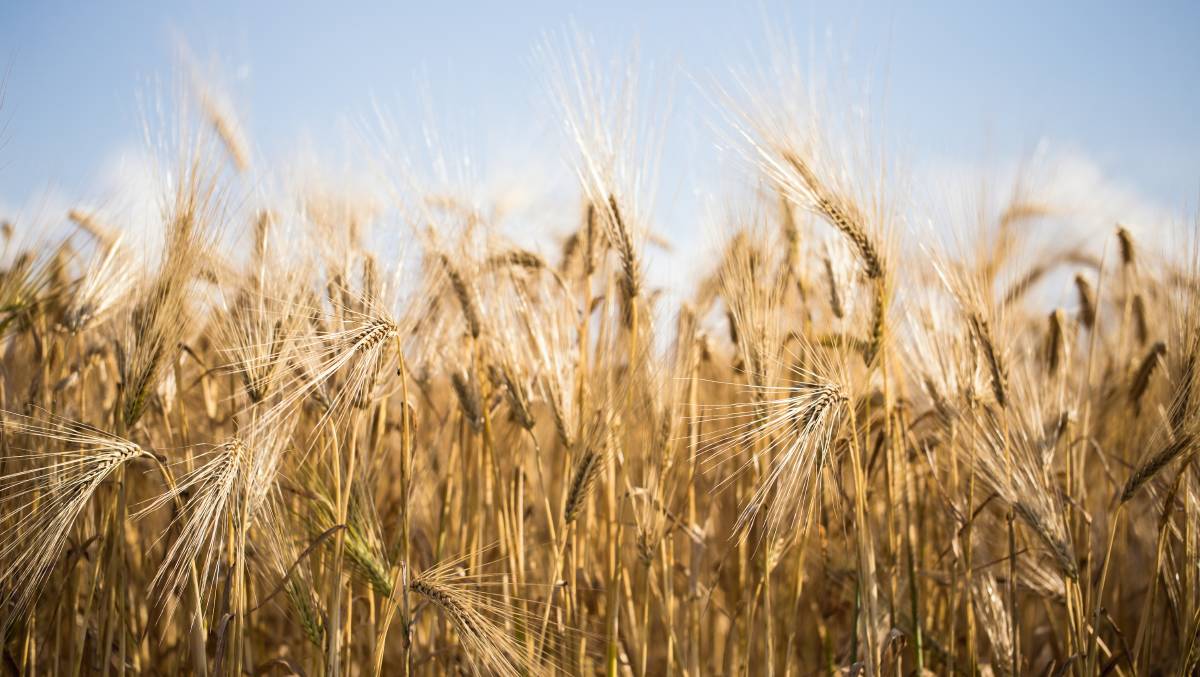U.S. winter wheat crop looks good

The winter wheat crop in the United States is in better condition than the government is forecasting, according to a recent crop tour.
After scouting 449 fields, primarily in Kansas, the tour came up with an average yield of 46.5 bushels per acre.
“Our yields came in much higher certainly than I was thinking was going to happen, and I think it surprised a lot of people,” said Dave Green, executive vice-president of the Wheat Quality Council.
The estimate far exceeds the U.S. Department of Agriculture’s forecast for Kansas of 38 bu. per acre, although Green noted that is not an apples-to-apples comparison because his group’s number includes fields from Oklahoma and Nebraska.
Green said there are still signs of drought in western, southwest and south-central Kansas.
“It’s dry, and you can see that they’ve been dry for some time,” he said.
Crops that followed corn look particularly stressed.
“We saw all kinds of variability, but the conditions are much improved from the last couple of years,” said Green.
The 46.5 bu. per acre estimate is a 55 per cent increase over last year and the fourth-best forecast the tour has produced over the past decade.
However, the 72 tour participants were not as optimistic about how the crop might turn out at the end of the growing season.
“We pound it into their heads that this is a snapshot of the crop, but you have to pay attention to the cracks in the ground and the leaves penciled up waiting for rain,” said Green.
The tour estimated a total Kansas winter wheat harvest of 290.4 million bu. That is more than the 268 million bu. forecast by the USDA.
However, it is well below the 328 million bu. that would be produced by multiplying the tour’s 46.5 bu. per acre yield by the USDA’s estimate of 7.05 million harvested acres in that state.
It’s an indication that the tour thinks the yield estimate will not hold up due to factors such as a frost or a heat wave.
Green described it as a negative tenor about where yields could be heading from here. Tour participants are worried about the delicate soil moisture conditions throughout much of the state and believe that the crop is on the “edge of stress.”
However, he still fully expects that the USDA will bump up its total winter wheat yield estimates in future National Agricultural Statistics Service reports.
“It’s not uncommon for the government to have a vastly different final number than they do in May,” he said.
MarketsFarm analyst Bruce Burnett said a lot depends on what happens over the next two to three weeks when the combines start rolling in Kansas.
“The forecast is calling for hot and dry weather,” he said.
Much of the yield potential is locked in with the number of tillers and size of heads already determined.
The only remaining issue is what kind of fill the wheat crops will get, said Burnett.
He thinks the tour’s yield number will drift back closer to the USDA’s forecast because the western third of the state will be hot and dry.
However, he also believes the USDA’s number will climb a little higher when all is said and done.
Kansas wheat futures fell in response to the tour’s findings but have since rebounded as concerns about Russia’s wheat crop dominate the market.
The council will be conducting its annual spring wheat tour in North Dakota from July 22-25.
Read also
Wheat in Southern Brazil Impacted by Dry Weather and Frosts
Oilseed Industry. Leaders and Strategies in the Times of a Great Change
Black Sea & Danube Region: Oilseed and Vegoil Markets Within Ongoing Transfor...
Serbia. The drought will cause extremely high losses for farmers this year
2023/24 Safrinha Corn in Brazil 91% Harvested
Write to us
Our manager will contact you soon



